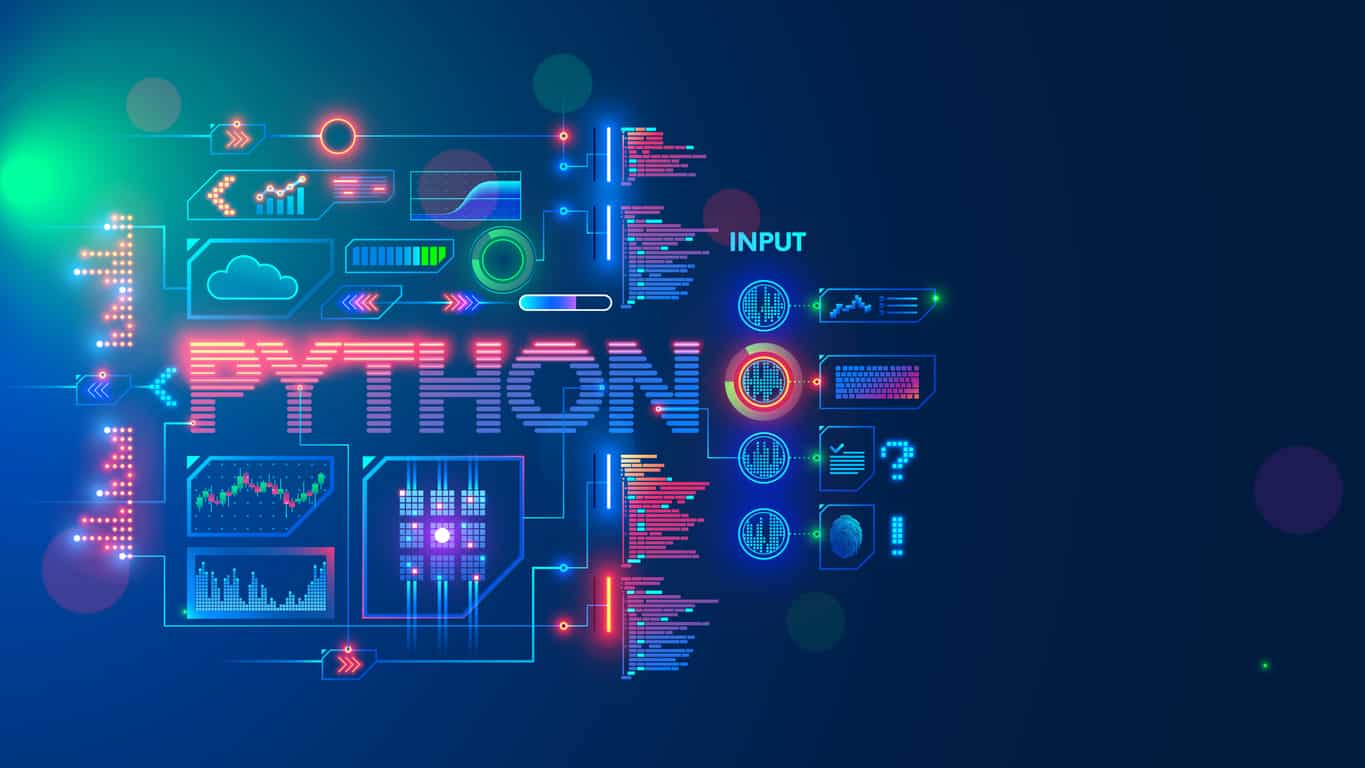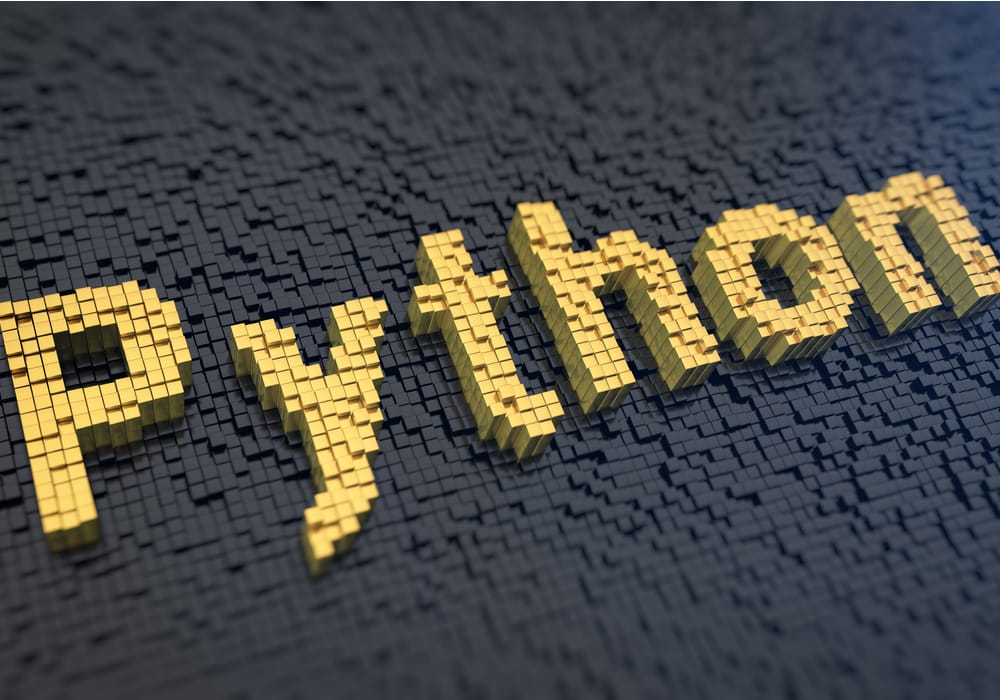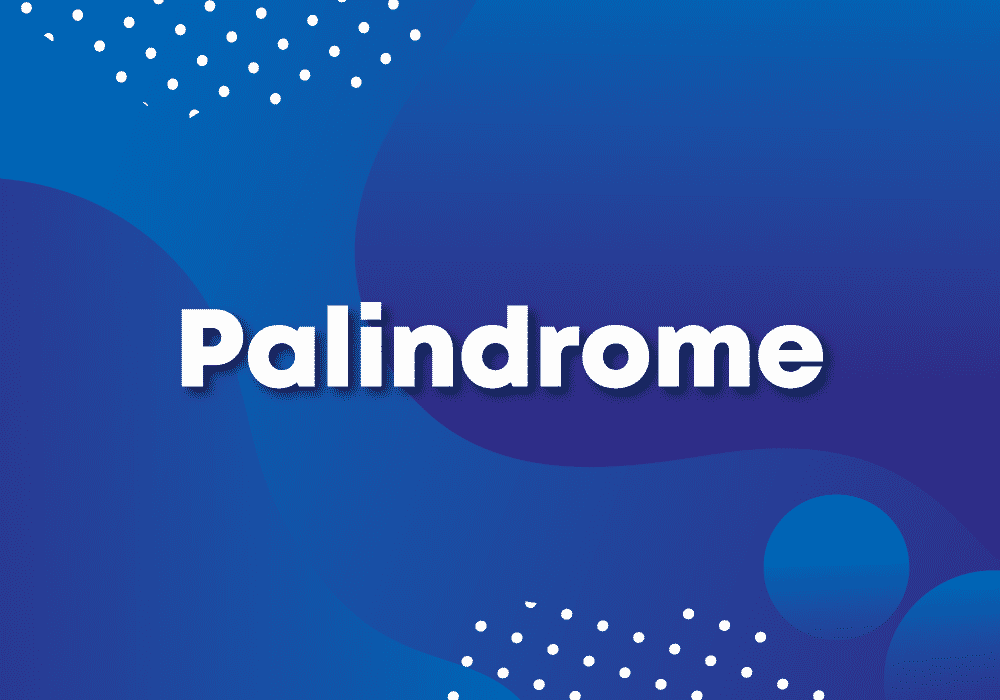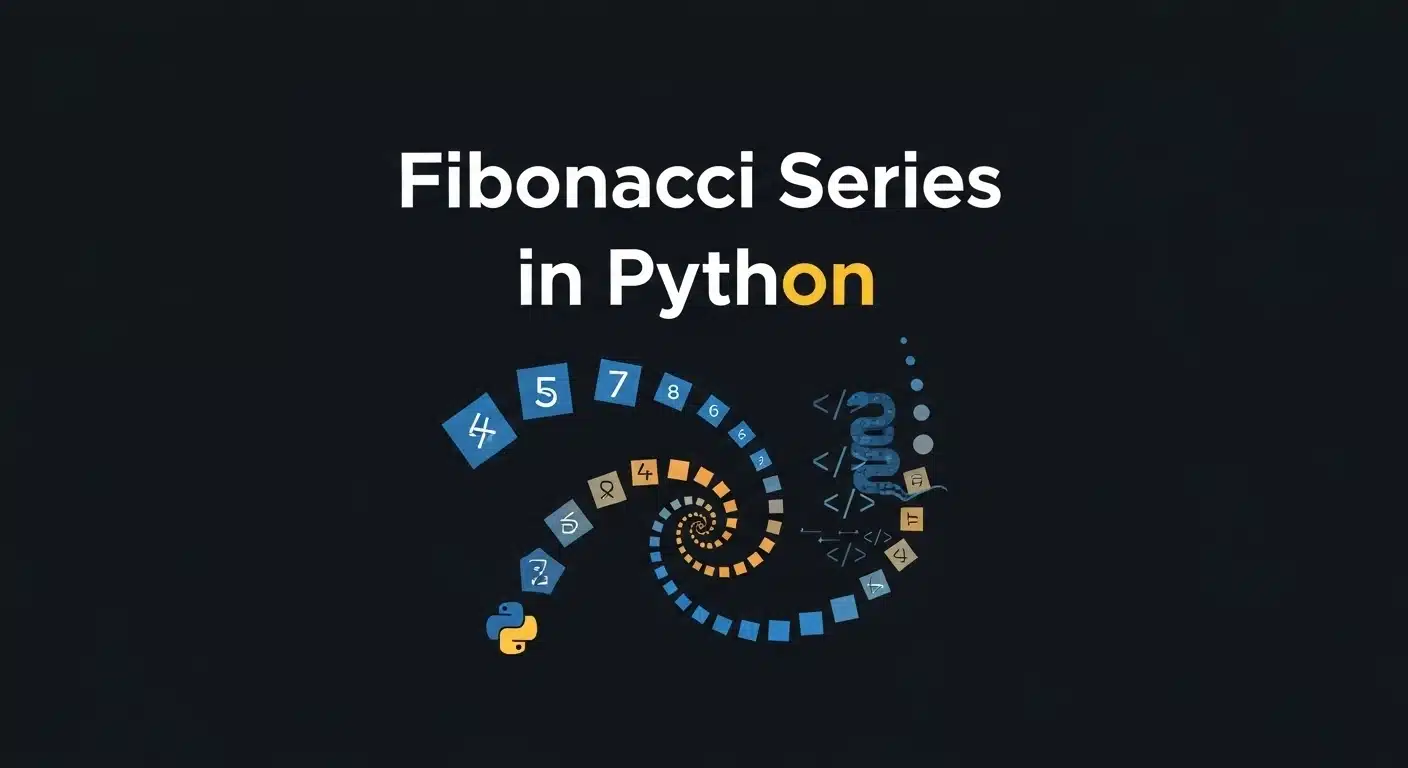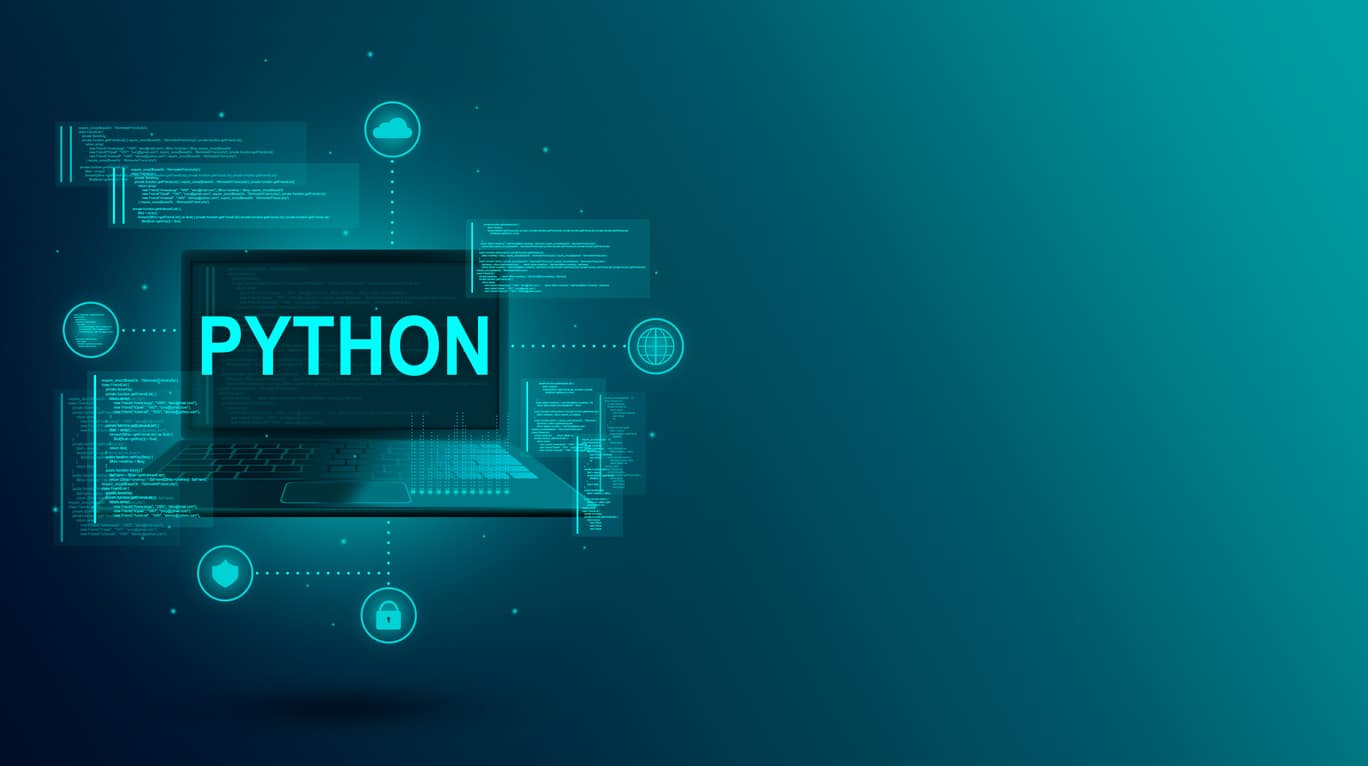Python has become the go-to programming language in 2024, dominating the market with a 28.11% share. Its simplicity and versatility make it ideal for a wide range of applications.
In this blog, we'll explore the top 10 real-world applications on uses of Python, illustrating why it remains the most popular choice in the tech community.
In this course, you will learn the fundamentals of Python: from basic syntax to mastering data structures, loops, and functions. You will also explore OOP concepts and objects to build robust programs.
Let's dive into the list
- Web Development
- Data Science
- Artificial Intelligence and Machine Learning
- Enterprise Applications
- Education Sector
- Web Scraping Applications
- Game Development
- Software Development
- Desktop GUI
- Operating Systems
Top 10 Uses Of Python In The Real World
Let's examine some real-world applications of Python programming. These examples will also provide amazing python project ideas, helping you explore diverse language possibilities.
1. Web Development
Web development is a widely known python usage example for creating dynamic, scalable, and maintainable web applications. It is known for its readability and efficiency, making it a popular choice for backend and full-stack development.
Key Frameworks and Tools
- Django: A high-level Python web framework that encourages rapid development and clean, pragmatic design. It includes an ORM, authentication, and other essential tools.
- Flask: A micro-framework that provides the essentials to get an application up and running, offering flexibility to developers.
Real-World Example
Instagram, one of the most popular apps in Python's real-time applications, uses Django to handle its massive user base and large amounts of data. Django's ability to manage large-scale applications is ideal for such high-traffic websites.
Join the thousands of learners already benefiting from our Free Web Development Courses.
2. Data Science
Python is a dominant language in data science due to its simplicity, extensive libraries, and active community. It is used for data analysis, visualization, and predictive modeling.
Key Libraries and Tools
- Pandas: Provides data structures and data analysis tools.
- NumPy: Supports large, multi-dimensional arrays and matrices and a collection of mathematical functions.
- Matplotlib: A plotting library for creating static, interactive, and animated visualizations.
- SciPy: Provides scientific and technical computing capabilities, including optimization and integration.
Real-World Example
Netflix uses Python for its recommendation algorithm and data analytics, leveraging its powerful libraries to enhance user experience by providing personalized content suggestions.
Master Data Science with Python Course
Learn Data Science with Python in this comprehensive course! From data wrangling to machine learning, gain the expertise to turn raw data into actionable insights with hands-on practice.
3. Artificial Intelligence and Machine Learning
Python is extensively used in AI and machine learning due to its simplicity and robust libraries. It supports the development of algorithms that allow machines to learn and make decisions.
Key Libraries and Tools
- TensorFlow: An open-source library developed by Google for machine learning and deep learning applications.
- Keras: An API designed for human beings, not machines, which allows for easy and fast prototyping.
- Scikit-learn: A library for machine learning built on NumPy, SciPy, and Matplotlib.
- PyTorch: An open-source machine learning library developed by Facebook's AI Research lab.
Real-World Example
Uber uses machine learning for ETA predictions, fraud detection, and dynamic pricing, which is another Python application in the real world that takes advantage of Python's robust libraries to improve service efficiency and customer satisfaction.
Learn Machine Learning with Python
Learn machine learning with Python! Master the basics, build models, and unlock the power of data to solve real-world challenges.
4. Enterprise Applications
Python is increasingly adopted for building enterprise-level applications due to its versatility, ease of integration, and a large ecosystem of libraries. It allows businesses to develop scalable solutions for various needs.
Key Frameworks and Tools
- Tryton: A high-level, open-source application platform that provides a set of modules for various business needs, including accounting, inventory, and project management.
- Odoo: A suite of open-source business applications, including CRM, eCommerce, and accounting, offering customization options and integration capabilities.
- Pyramid: Known for its flexibility and scalability, Pyramid is suitable for easily developing complex enterprise applications.
Real-World Example
Dropbox utilizes Python for its backend infrastructure and to develop internal tools. Python's simplicity and robustness make it ideal for managing the platform's large-scale data storage and synchronization needs.
5. Education Sector
Python is widely adopted in education as an introductory programming language due to its simplicity and readability. Its English-like syntax, extensive standard library, and abundant learning resources help beginners grasp programming concepts easily.
Key Resources
- Python Tutor: An online tool for visualizing Python code and its execution, helping students understand programming concepts.
- Python.org Documentation: The official Python documentation provides comprehensive guides, tutorials, and reference materials for learners to explore Python's features and capabilities.
- Abundance of Learning Resources: Free online tutorials, documentation, and interactive platforms make it easy for beginners to find diverse learning materials and practice coding in a supportive environment.
Real-World Example
The University of Texas at Austin incorporates Python into its introductory computer science courses, leveraging its clear syntax and extensive libraries to teach fundamental programming concepts effectively. Python's versatility allows students to transition smoothly from basic programming tasks to more complex projects.
Start learning Python for free with our expertly crafted "Free Python Courses."
6. Web Scraping Applications
Python's rich ecosystem of libraries makes it an excellent choice for web scraping, the process of extracting data from websites. It allows developers to retrieve and analyze information from the web efficiently.
Key Libraries and Tools
- Beautiful Soup: A Python library for parsing HTML and XML documents, making web scraping easier and more manageable.
- Scrapy: An open-source and collaborative web crawling framework for Python, providing robust features for extracting data from websites.
- Selenium: A portable framework for automating web browsers, useful for scenarios where dynamic interaction with web pages is required.
Real-World Example
Price monitoring services often utilize Python for web scraping to gather pricing information from various e-commerce websites. This enables businesses to make data-driven decisions and stay competitive in the market.
Gain expertise in extracting data from the web with our expert-led "Free Course On Web Scraping with Python."
7. Game Development
Python's versatility extends to game development. Several frameworks and libraries cater to game creation, including graphics rendering, physics simulations, and user interface design.
Key Libraries and Tools
- Pygame: A set of Python modules designed for writing video games, providing functionality for graphics, sound, and input handling.
- PyKyra: A fast and versatile game development framework for Python, focusing on 2D games.
- Pyglet: A cross-platform windowing and multimedia library for Python, suitable for creating games and multimedia applications.
- PyOpenGL: A Python binding to OpenGL, allowing developers to create 3D graphics applications.
- Kivy: An open-source Python library for developing multitouch applications with a natural user interface, including games.
- Panda3D: A game engine and framework for 3D rendering and game development in Python and C++.
- Cocos2d: A framework for building 2D games, interactive demos, and other graphical/interactive applications.
Real-World Example
Battlefield 2, a popular first-person shooter game, utilizes Python scripting for various game mechanics and functionalities, demonstrating Python's capability to contribute to developing and enhancing gameplay experiences.
8. Software Development & Engineering
Python's versatility extends to software development, which is used to build various applications, from command-line tools to desktop applications.
Its clean syntax and robust standard library make it suitable for rapid prototyping and production-grade software development.
Key Frameworks and Tools
- PyQt: A set of Python bindings for the Qt application framework, enabling the development of cross-platform GUI applications.
- Tkinter: Python's standard GUI toolkit, providing a simple and easy-to-use interface for building desktop applications.
- Click: A Python package for creating command-line interfaces, allowing developers to build robust and user-friendly command-line tools.
Real-World Example
Dropbox Paper, a collaborative document-editing service, utilizes Python for its backend services and desktop application development, demonstrating Python's capability to support software development across different domains.
Join our "Software Engineering Courses" and become proficient in software design, development, and deployment.
9. Desktop GUI
Python is used to develop desktop graphical user interface (GUI) applications. It offers libraries and frameworks that simplify the creation of interactive and visually appealing interfaces, making it suitable for building desktop applications across various platforms.
Key Libraries and Tools
- Kivy: A Python framework for developing multitouch applications supporting various input methods and platforms.
- wxPython: A cross-platform GUI toolkit for Python based on the wxWidgets library, offering native-looking interfaces on each platform.
- PyGTK: Python bindings for the GTK+ toolkit, enabling developers to create graphical user interfaces for Linux and other Unix-like systems.
Real-World Example
Blender, a popular open-source 3D creation suite, utilizes Python for its GUI development, allowing users to create, animate, and render 3D models and animations with a powerful and customizable interface.
10. Operating Systems
Python's object-oriented design makes it suitable for building entire operating systems. Its compatibility with most platforms, such as Windows and Mac, and ease of use for native application development contribute to its effectiveness in this domain.
Key Tools and Techniques
- Python OS Module: This module provides a way to interact with the operating system, allowing tasks such as file management, process management, and system information retrieval.
- Python Shell Scripting: Python scripts can be used for system administration tasks, such as managing services, deploying updates, and configuring network settings.
- PyInstaller: Converts Python scripts into standalone executables, which are useful for packaging and distributing Python applications on various operating systems.
Real-World Example
Red Hat Enterprise Linux (RHEL), a leading enterprise Linux distribution, incorporates Python for system administration and automation tasks.
Don't miss out on our 'Free Operating System Courses'—start learning today!
Conclusion
Python is one of the most versatile programming languages, evident in its top 10 real-world applications spanning various industries.
Given its prevalence in data science and AI, exploring Python's capabilities can open doors to lucrative career opportunities in these domains.
If you want to join this rewarding journey, consider enrolling in the Great Learning PG Program in Data Science.
With dual certification from UT Austin & Great Lakes, flexible learning options, weekly mentorship, and dedicated program support, you'll be equipped to excel in the dynamic field of data science.
FAQs
Python's frameworks, like Django and Flask, offer rapid development, scalability, and maintainability, making it competitive with languages like JavaScript and PHP for web development. Its ease of use and robust ecosystem contribute to its popularity in this domain.
Python's libraries, such as SciPy, Matplotlib, and NumPy, are real time applications of Python that are widely used in scientific computing for tasks such as data analysis, visualization, and simulation. Its ease of use and robust ecosystem make it a preferred tool for researchers across various scientific disciplines.
Python's libraries, such as PySpark, Dask, and Apache Beam, enable distributed computing and parallel processing, making it suitable for big data processing and analytics tasks. These libraries leverage frameworks like Apache Spark and Hadoop for scalable data processing.
